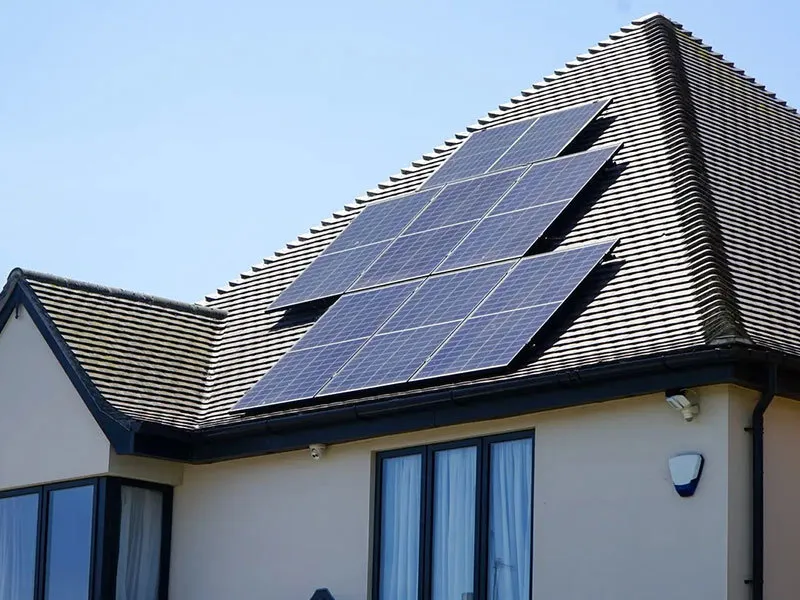Innovative Solutions for Efficient Solar Panel Installation and Support Structures
Exploring Solar Panel Mounting Systems A Key Component for Solar Energy Efficiency
As the world embraces renewable energy sources, solar power stands out as one of the most viable and sustainable options. Central to the effectiveness of solar energy systems is the solar panel mounting system, a crucial component that influences the performance, durability, and maintenance of solar installations. This article delves into the different types of solar panel mounting systems, their benefits, and considerations for installation.
Types of Solar Panel Mounting Systems
1. Fixed Mounting Systems The most common type, fixed mounting systems, are permanently anchored to the ground or a roof. They can be further divided into two categories rooftop mounts and ground mounts. Rooftop mounts take advantage of unused space on residential and commercial buildings, while ground mounts are ideal for larger installations where space allows. Fixed mounts are relatively easy to install and maintain, providing stability and reliability.
2. Adjustable Mounting Systems Adjustable mounts allow for the tilt angle to be changed, optimizing solar exposure throughout the year. Homeowners and businesses can benefit from this flexibility, adjusting the angle depending on seasonal sun paths. While these systems tend to be more expensive than fixed mounts, the potential increase in energy production can offset the initial investment over time.
3. Tracking Mounting Systems For maximum efficiency, tracking systems automatically adjust the position of the solar panels to follow the sun's trajectory throughout the day. There are two main types single-axis trackers, which rotate on one axis, and dual-axis trackers, which rotate on both horizontal and vertical axes. Although they require more installation space and maintenance, tracking systems can significantly increase energy harvest—often by 20-40%—making them an attractive option for larger solar farms.
Benefits of Solar Panel Mounting Systems
The right mounting system plays a fundamental role in the overall efficiency of a solar power setup. Proper installation ensures that panels are securely positioned to capture maximum sunlight, which enhances energy production. Additionally, robust mounting systems protect solar panels from environmental factors such as wind, snow, and debris.
solar panel mounting systems

A well-designed mounting system also contributes to the longevity of solar panels by minimizing wear and tear. By providing adequate ventilation, these systems can help maintain optimal operational temperatures, thus extending the life of the solar modules.
Moreover, installing solar panels can significantly increase property values
. Homes and businesses equipped with solar energy systems often see enhanced resale values, making the investment in proper mounting structures worthwhile.Considerations for Installation
When choosing a solar panel mounting system, several factors should be taken into account. First, the geographical location and climate conditions play a crucial role in determining the durability and type of mounting system required. Areas prone to high winds or heavy snowfall need more robust mounting solutions.
Second, the orientation and tilt angle of the mounting system must be optimized based on the latitude of the installation site. This will ensure maximum exposure to sunlight throughout the seasons.
Finally, budget constraints are always a consideration. While ground mounts may provide more flexibility and efficiency, they often involve higher installation costs. In contrast, rooftop mounts can be a cost-effective solution for smaller installations.
Conclusion
In conclusion, solar panel mounting systems are integral to the successful deployment of solar energy. By understanding the various types of mounting systems available, along with their associated benefits and considerations, homeowners, businesses, and developers can make informed choices that enhance solar energy efficiency and contribute to a more sustainable future. As solar technology continues to evolve, the importance of resilient and adaptable mounting solutions will become even more critical in the quest for cleaner energy.
-
Navigating Off Grid Solar Inverter: From Use Cases to Trusted PartnersNewsAug.05,2025
-
Solar Edge String Inverter: A Wholesaler’s Guide to Inverter Technology SelectionNewsAug.05,2025
-
Microinverters: Revolutionizing Solar Energy UseNewsAug.05,2025
-
Future of Monocrystalline Solar Panel Efficiency: Latest Technological AdvancesNewsAug.05,2025
-
Solar Panels for House: A Complete Guide to Residential Solar EnergyNewsAug.05,2025
-
Panel Bifacial Performance in Snow and Low-Light ConditionsNewsAug.05,2025







